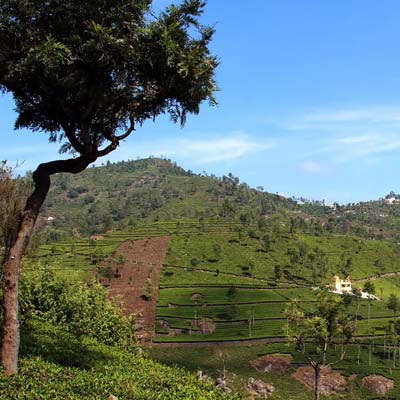What Can Lichens Tell us About Air Quality?

Lichens are strange organisms that occur as crusty patches or bushy growths on trees, rocks and bare ground and are composed by a fungus and one or more algae (or cyanobacterias) living in a symbiotic relationship. Basically, the fungus provides structure and protection for the algae which reciprocates, providing energy via photosynthesis. Moreover, since lichens have no cuticle or roots, they mainly absorb essential nutrients from the atmosphere, but also harmful pollutants such as sulphur, nitrogen or ozone. Some are sensitive to specific atmospheric pollutants suffering from reduced photosynthesis, discoloration and bleaching to death. Other species are more tolerant. Hence the species of lichens present in a location can tell us a lot about air quality. They are so-called bioindicators. Under traffic and industrial pollution many have vanished from the cities, just a few species of crusty lichens survive in / on pavements, walls and tree bark in urban areas, like the Lepraria incana.










